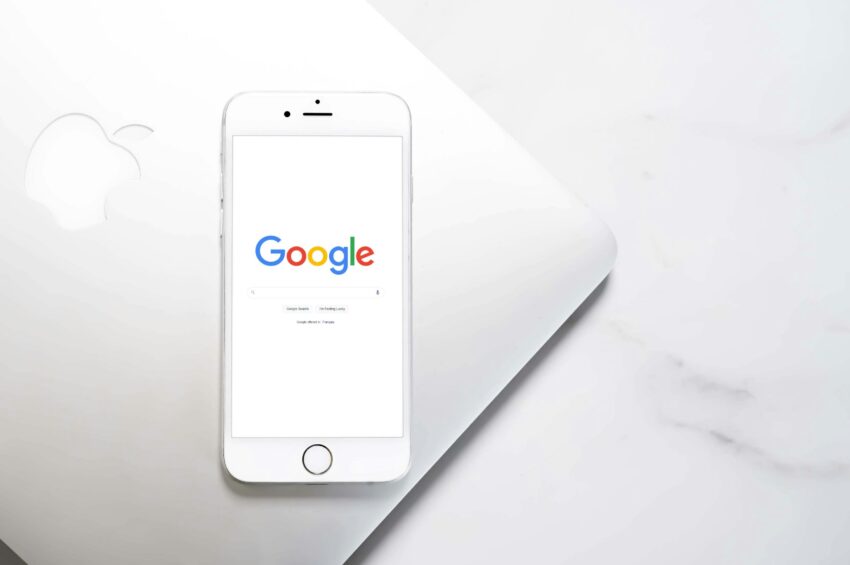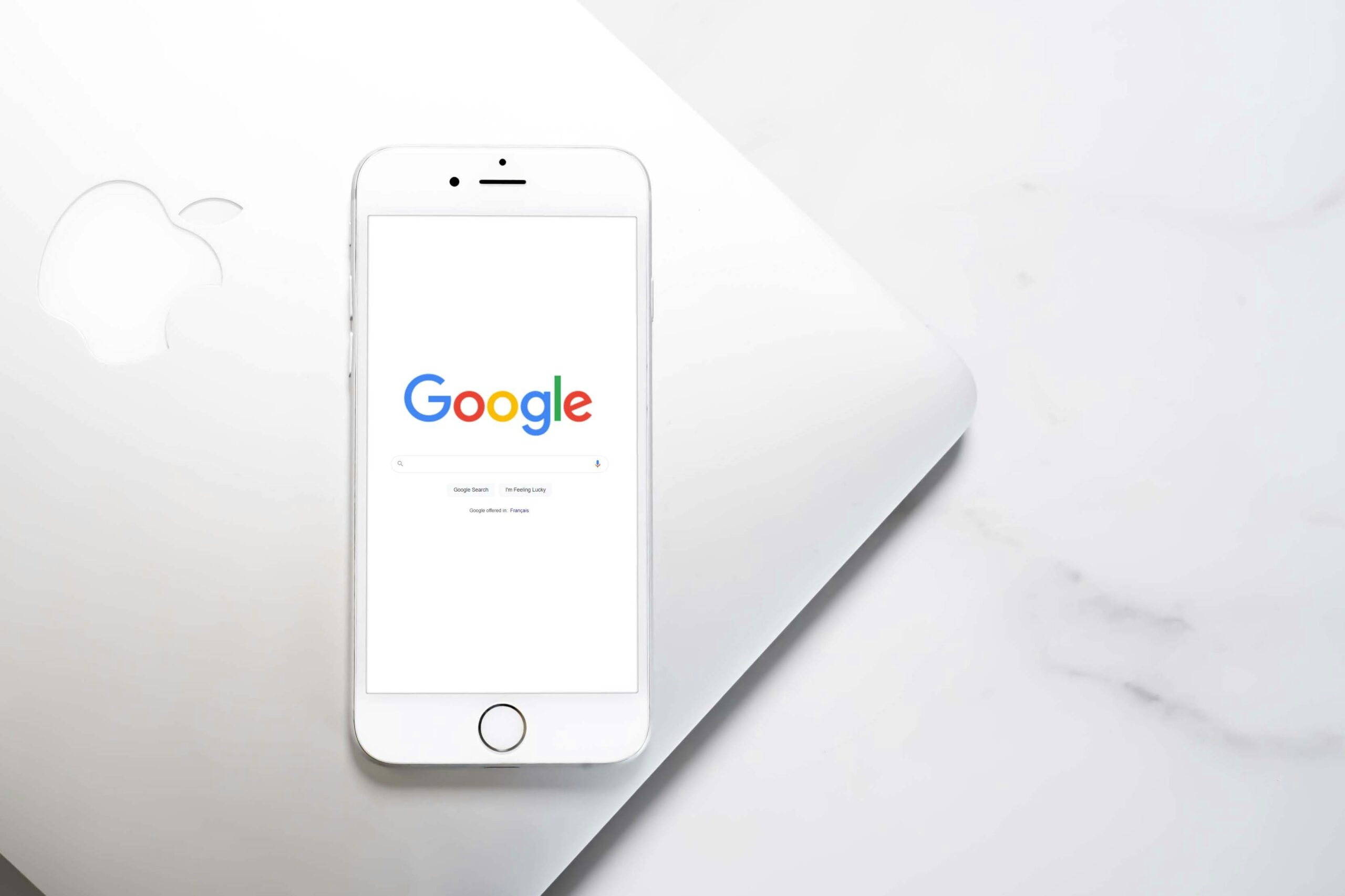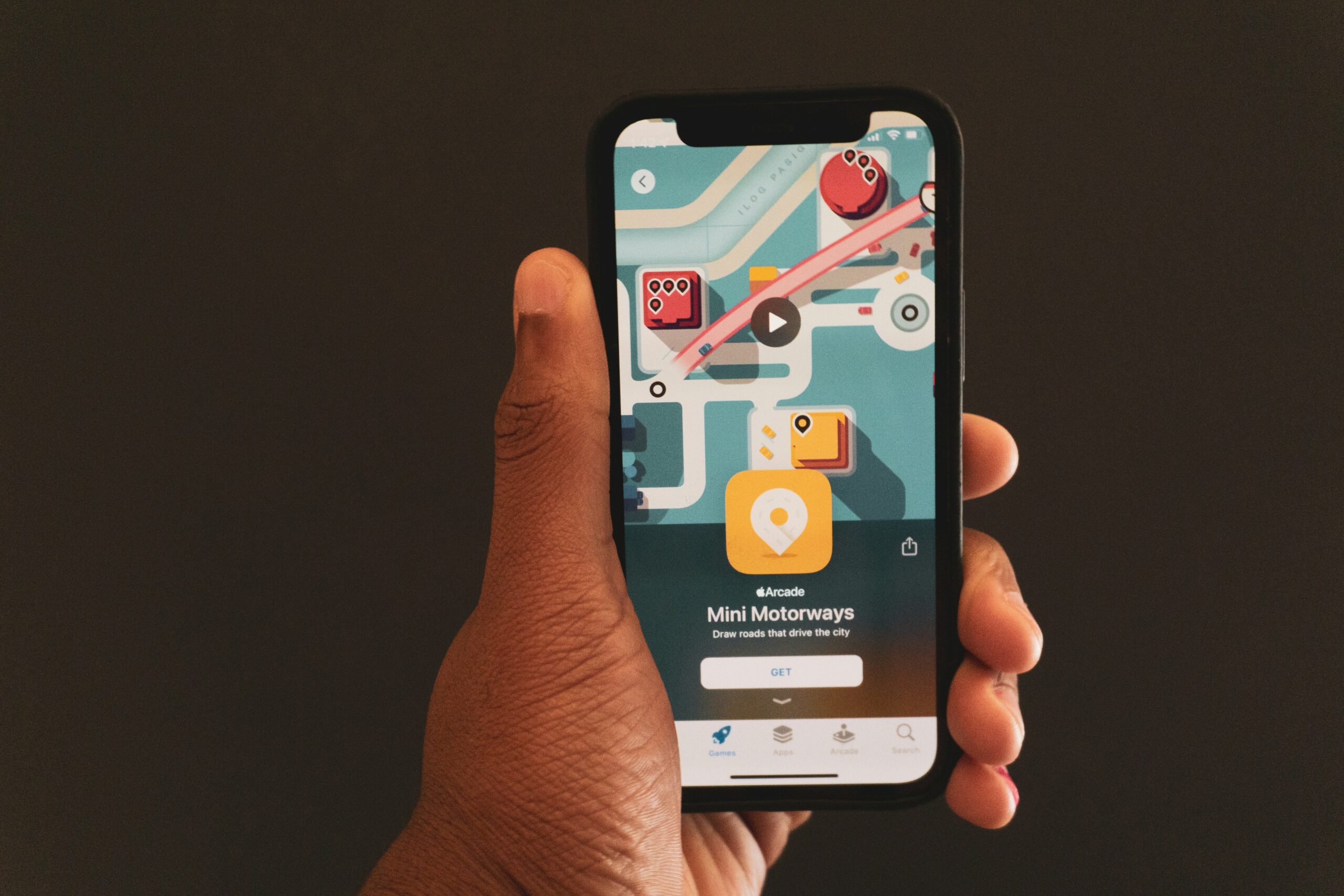
How to Master Google Ads for App Marketing
Introduction: Unleash Your App’s Potential with Google Ads
Want to get your app in front of millions of potential users? Google Ads is your key to unlocking massive growth in app marketing. With its unparalleled reach and targeting capabilities, Google Ads can supercharge your app’s visibility and drive significant installs and engagement. Unlike other platforms, Google Ads allows you to laser-focus your efforts on users actively searching for apps like yours, maximizing your ROI and minimizing wasted ad spend. A well-structured Google Ads campaign can be the difference between a successful app launch and one that fades into obscurity.
Step-by-Step Instructions: Your Guide to a Winning Google Ads Campaign
Setting Up Your Google Ads Account and Linking it to Your App
First, create a Google Ads account. It’s straightforward – just follow Google’s instructions. Next, link your account to your app’s listing on both the Google Play Store and the Apple App Store. Accurate account setup is crucial for effective tracking and campaign optimization. Accurate data is the foundation for success.

Choosing the Right Campaign Type: App Installs vs. Engagement
Google Ads offers two main campaign types for apps: App Installs and Engagement. App install campaigns focus on driving downloads, ideal for new apps or those needing a user boost. Engagement campaigns target in-app actions like purchases or level completion, perfect for established apps aiming to increase user interaction. Choose wisely based on your app’s stage and goals. For example, a new game might prioritize app installs, while an established game might focus on in-app purchases.
Defining Your Target Audience: Reaching the Right Users
This step is critical. Use Google Ads’ powerful targeting options to reach your ideal users. Consider demographics (age, location, gender), interests (gaming, finance, etc.), and device usage. Effective keyword research is essential for ensuring your ads appear when users search for relevant terms. Think about the language your target audience uses and incorporate those keywords into your campaigns.
Crafting Compelling Ads: Showcasing Your App’s Value
Your ads need to grab attention. Use high-quality visuals, concise and benefit-driven text, and strong calls to action. Experiment with different ad formats and A/B test variations to see what resonates best with your target audience. Don’t just describe your app; show its value proposition.

Setting Your Budget and Bidding Strategy: Maximizing ROI
Set a realistic budget that aligns with your goals and resources. Google Ads offers various bidding strategies, from automated (Google manages bidding) to manual (you control bids). Start with an automated strategy to learn and then transition to manual bidding as you gain experience. Consistent monitoring and adjustments are key.
Tracking and Optimizing Your Campaign: Continuous Improvement
Regularly monitor your campaign’s performance using Google Ads analytics. Track key metrics like app installs, cost per install (CPI), and conversion rates. Use this data to optimize your campaigns – adjust bids, targeting, and creatives based on what’s working and what’s not. Continuous improvement is the name of the game.
Tips and Warnings: Avoiding Common Mistakes
Common pitfalls:
- Insufficient keyword research leads to wasted ad spend.
- Poorly designed ads don’t attract clicks.
- Ignoring campaign data prevents optimization.
- Unrealistic budgets lead to insufficient testing and data.
Tips for maximizing effectiveness:
- A/B test different ad creatives to find high-performers.
- Regularly monitor and optimize your campaigns based on data.
- Utilize Google Ads’ powerful audience targeting features.
Conclusion: Mastering Google Ads for App Success
Mastering Google Ads for app marketing is a journey, not a destination. Consistent optimization, data-driven decision-making, and a focus on continuous improvement are crucial for long-term success. By following these steps, you can unlock the immense potential of Google Ads to drive app installs, increase engagement, and achieve significant growth. Learn more about maximizing your app’s potential by checking out our other guides on ASO Strategies for App Store Success, Mastering App Marketing: ASO and Beyond, and The Ultimate Guide to App Store Optimization (ASO).

FAQ
What is the minimum budget for a Google Ads app campaign?
There’s no minimum budget, but a well-structured campaign needs sufficient funds to generate meaningful data and results. Start with a budget that allows for adequate testing and optimization. Experiment to see what works best for your app and audience.
How long does it take to see results from a Google Ads app campaign?
Results vary based on factors like your budget, targeting, and ad quality. You should start seeing some data within a few days, but significant results usually take a few weeks. Be patient and persistent.
Can I run Google Ads campaigns for both iOS and Android apps?
Yes, Google Ads allows you to create separate campaigns for both iOS and Android apps, enabling you to target specific users on each platform. You can even tailor your messaging to each platform for better results. This ensures that you reach your ideal audience effectively.
Additional Resources / References
- Google Ads – Get Customers and Sell More with Online Advertising: Learn more about Google Ads and its capabilities.
- Personal experience about app marketing (marketed around 200+ …: Read about someone’s experience marketing apps.
- Google Ads – Reach Customers & Sell More with Online Advertising: Explore how Google Ads can benefit your business.
- How much should you spend to identify a successful campaign …: Discuss budgeting for app promotion.
- Hey PPC Pro, are you tired of clicking 140 categories to exclude …: Learn about excluding placements in Google Ads campaigns.



